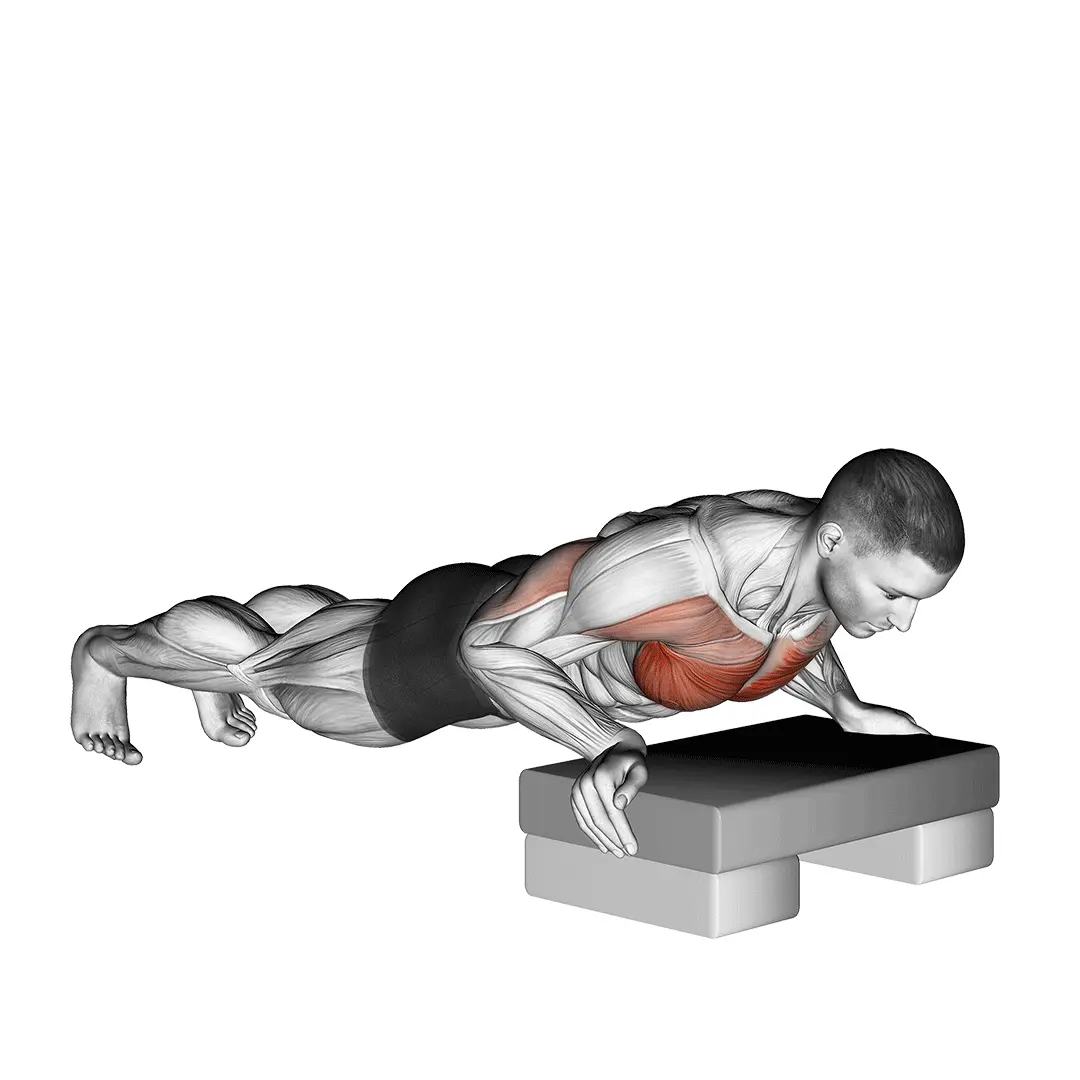Reverse Facing Push Ups

Muscles Involved
The reverse facing push-up is a unique bodyweight exercise that primarily targets the upper body and core. The primary muscles engaged include the pectoralis major (chest), triceps brachii (back of the arms), and deltoids (shoulders). As you press upward, the rectus abdominis and obliques (core muscles) also work to stabilize your body, while the gluteus maximus provides additional support in maintaining proper posture. This exercise simultaneously enhances strength and coordination, making it beneficial for overall fitness.
Top Mistakes
- Incorrect Hand Placement: Placing your hands too far forward or backward can strain your wrists and lessen the effectiveness of the exercise.
- Insufficient Range of Motion: Not lowering your body adequately can prevent full engagement of the targeted muscles.
- Dropping the Hips: Allowing your hips to sag can lead to lower back strain and minimizes core engagement.
- Neglecting Breathing: Holding your breath during the exercise can cause tension and hinder performance; exhale during exertion and inhale while lowering.
Execution Tips
- Setup: Sit with your legs extended in front of you, placing your hands behind you on the floor with fingers pointing toward your feet.
- Proper Alignment: Keep your shoulders down and back, ensuring your body forms a straight line from head to toe throughout the movement.
- Controlled Movement: Lower your body toward the floor by bending your elbows at a 90-degree angle, maintaining core engagement to keep your hips elevated.
- Pressing Up: Engage your chest and triceps to press back up to the starting position, focusing on a smooth and controlled motion.
Workouts
The reverse facing push-up can be effectively incorporated into various workout routines. Beginners may start with 2-3 sets of 8-10 repetitions, gradually increasing to 15-20 reps as strength improves. This exercise can be paired with complementary exercises such as tricep dips, planks, or traditional push-ups for a comprehensive upper body workout. For a high-intensity routine, consider adding reverse facing push-ups in circuit-style format, alternating with cardiovascular activities like jumping jacks or burpees.
Conclusion
Incorporating reverse facing push-ups into your fitness regimen offers numerous benefits, including increased upper body strength, enhanced core stability, and improved arm definition. This exercise’s versatility and effectiveness make it an excellent addition for anyone looking to elevate their workout routine.



